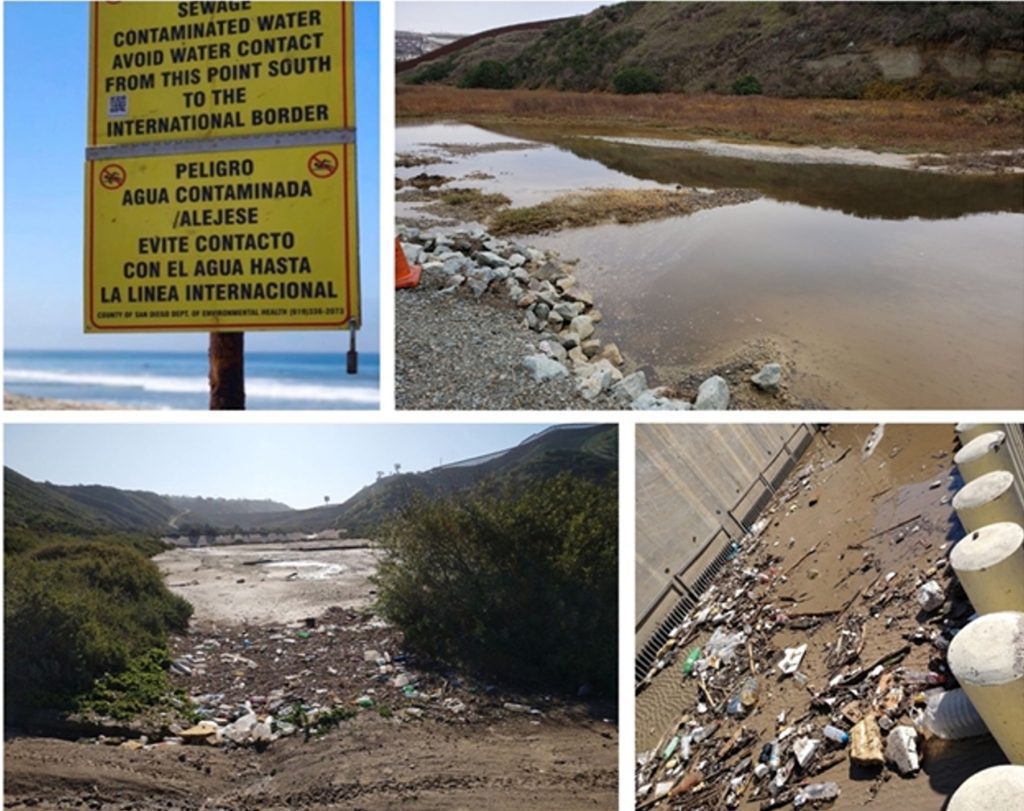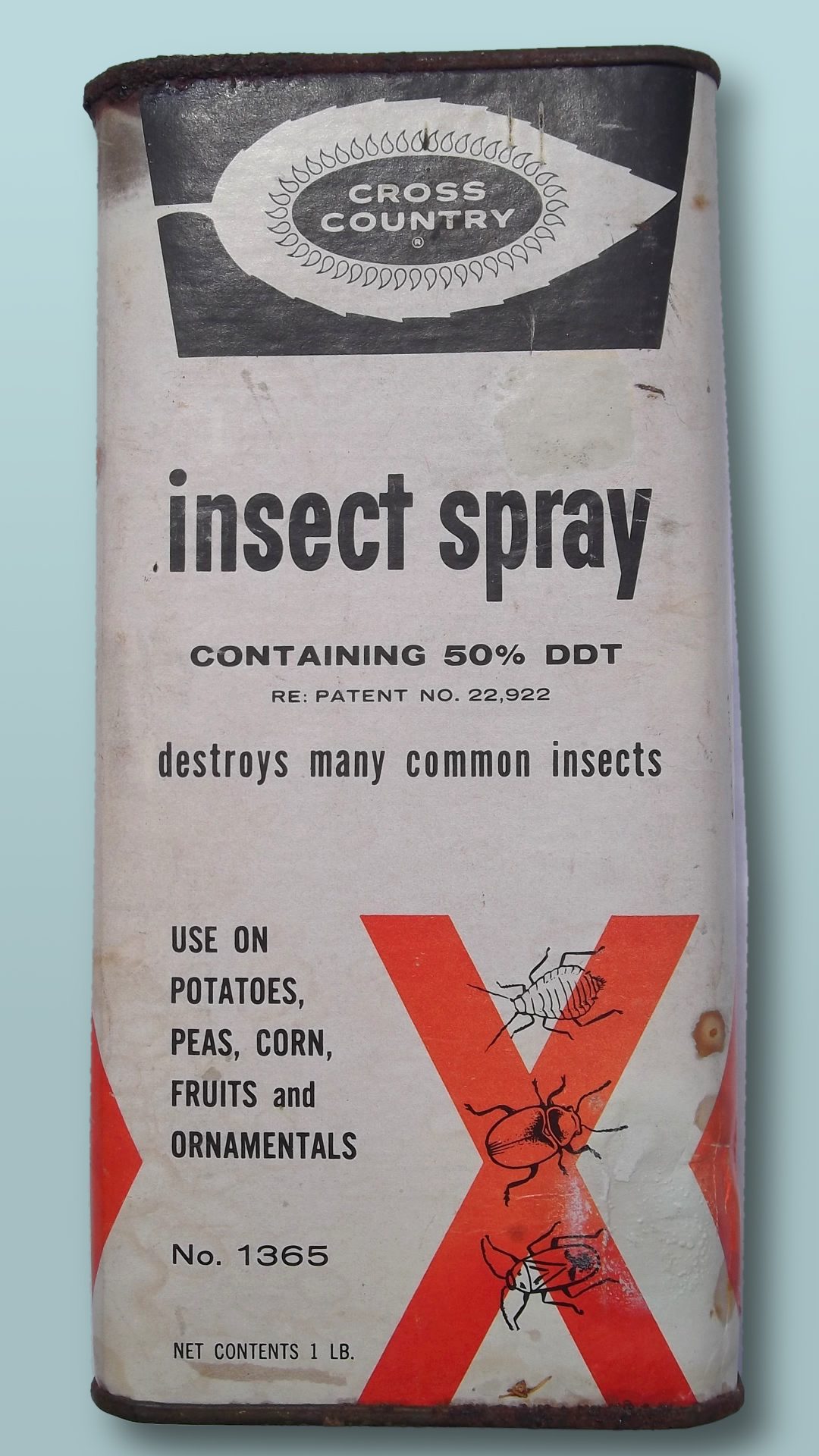February 23, 2024 — DDT contamination and toxic sewage combine to create health and environmental threats to California.
DDT Contamination.
On Tuesday, U.S. Senator Alex Padilla (D-Calif.) and Representative Salud Carbajal (D-Calif.-24) led a bipartisan effort by 22 California lawmakers to urge the Office of Management and Budget (OMB) to include long-term research funding into the ongoing health and environmental impacts of DDT. This chemical is a legacy of decades of ocean dumping off the Southern California coast.
According to Senator Padilla’s press release, from the 1950s to 1960s, large quantities of DDT, a powerful insecticide, were released directly into the ocean. Despite its ban in 1972, DDT persists in the environment. Research spurred by recent discoveries, including thousands of waste barrels and military munitions, illustrates an alarming scale of contamination, with documented effects on sea lions, dolphins, and other wildlife.
The lawmakers’ letter to the OMB stresses the need for “dedicated funding…to define and quantify the degradation of the marine environment, assess the health of the marine environment and living marine resources, and develop remediation methods.” It also highlights Senator Padilla’s leadership in securing previous funding and underscores broader potential impacts beyond California’s coastal waters.
Lawmakers are calling for a national plan within the EPA and NOAA. This plan would address the long-term consequences of ocean dumping, using the Southern California crisis as a model for wider efforts to ensure a healthier and more sustainable marine environment.
Tijuana Sewage Creates an Environmental and Public Health Crisis.
Last summer, Senator Padilla announced that $300 million had been budgeted to stem the flow of raw sewage from Mexico into California . Billions of gallons of contaminated sewage are flowing from Mexico into San Diego, California. ABC News
. Billions of gallons of contaminated sewage are flowing from Mexico into San Diego, California. ABC News reports that Tuesday marked the 805th day that Imperial Beach has been closed due to the ongoing sewage issue.
reports that Tuesday marked the 805th day that Imperial Beach has been closed due to the ongoing sewage issue.
This month, San Diego State University’s School of Public Health published “Tijuana River Contamination from Urban Runoff and Sewage: A Public Health Crisis at the Border .” The white paper delves into the environmental and public health crisis stemming from the contamination of the Tijuana River and Estuary (TJRE) due to urban runoff and untreated sewage. Key findings include:
.” The white paper delves into the environmental and public health crisis stemming from the contamination of the Tijuana River and Estuary (TJRE) due to urban runoff and untreated sewage. Key findings include:
- Persistent Environmental and Public Health Threat: The TJRE is severely contaminated by untreated sewage, industrial waste, and urban run-off due to inadequate infrastructure and urbanization, posing significant economic, legal, social, and health implications for nearby California communities.
- Impact of Climate Change: Heavy rainfall events and extreme weather conditions related to climate change exacerbate the contamination issue, causing further damage to aging infrastructure and overwhelming the systems on both sides of the border.
- Health Risks from Contaminants: The river and estuary contain pathogens such as viruses and bacteria (including SARS-CoV-2 and Hepatitis), as well as chemical contaminants like metals, pesticides, and antibiotic-resistant genes, posing serious health risks to humans and aquatic species.
- Community and Environmental Justice Concerns: The US border communities adjacent to the TJRE, notably San Ysidro and Imperial Beach, face elevated risks of chronic diseases and environmental injustices due to increased exposure to contaminants, compounded by economic marginalization and limited access to green spaces.

The crisis is characterized by severe contamination from untreated sewage, industrial waste, and urban runoff due to inadequate infrastructure, urbanization, and the watershed’s classification as an impaired water body under the U.S. Clean Water Act.
The implications of this contamination are far-reaching, impacting not only the ecological balance of the TJRE but also the health, economy, and social fabric of nearby California communities such as San Ysidro and Imperial Beach. These communities have long voiced concerns over pollution’s devastating impact, including exposure to harmful pathogens eradicated in California, antibiotic-resistant genes, and chemicals not permitted for discharge in the state. The situation is exacerbated by climate change, with increased frequency and intensity of extreme weather events like Hurricane Hilary, causing significant damage to already aging infrastructure and overwhelming waste management systems on both sides of the border.
Health risks posed by the contamination are manifold. Studies have documented the presence of serious pathogens, including viruses such as SARS-CoV-2 and bacteria like Hepatitis, in the waters of the TJRE. These pathogens, alongside chemical contaminants such as metals, pesticides, volatile organic compounds, and antibiotic-resistant genes, threaten human health, aquatic life, and the broader ecosystem. The report highlights zoonotic pathogens impacting local wildlife, such as dolphins, which serve as sentinels for human health risks.
The crisis underlines significant environmental justice concerns. The communities of San Ysidro and Imperial Beach, located directly adjacent to the border within the TJRE watershed, are predominantly resource-limited and face an elevated risk of chronic diseases. The pollution exacerbates these risks, contributing to a cycle of environmental injustice characterized by limited access to clean air, water, and green spaces. The report emphasizes the need for urgent action to address the multifaceted dimensions of this crisis, from improving infrastructure and regulatory frameworks to enhancing community engagement and health monitoring.
Top Image:
DDT powder container , 50% Dichloro Diphenyl Trichloroethane (DDT) insecticide powder container, circa early 1960s. Public domain via Wikimedia Commons.
, 50% Dichloro Diphenyl Trichloroethane (DDT) insecticide powder container, circa early 1960s. Public domain via Wikimedia Commons.


Leave a Reply